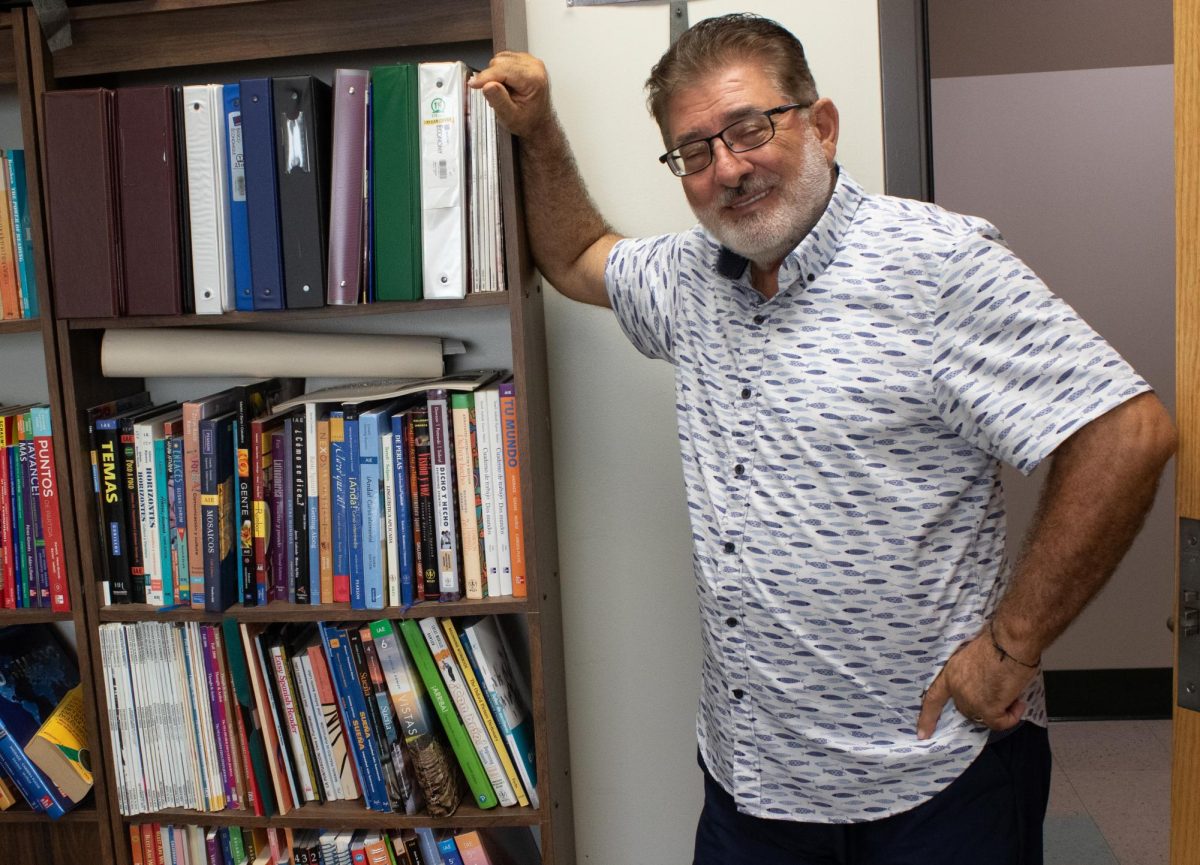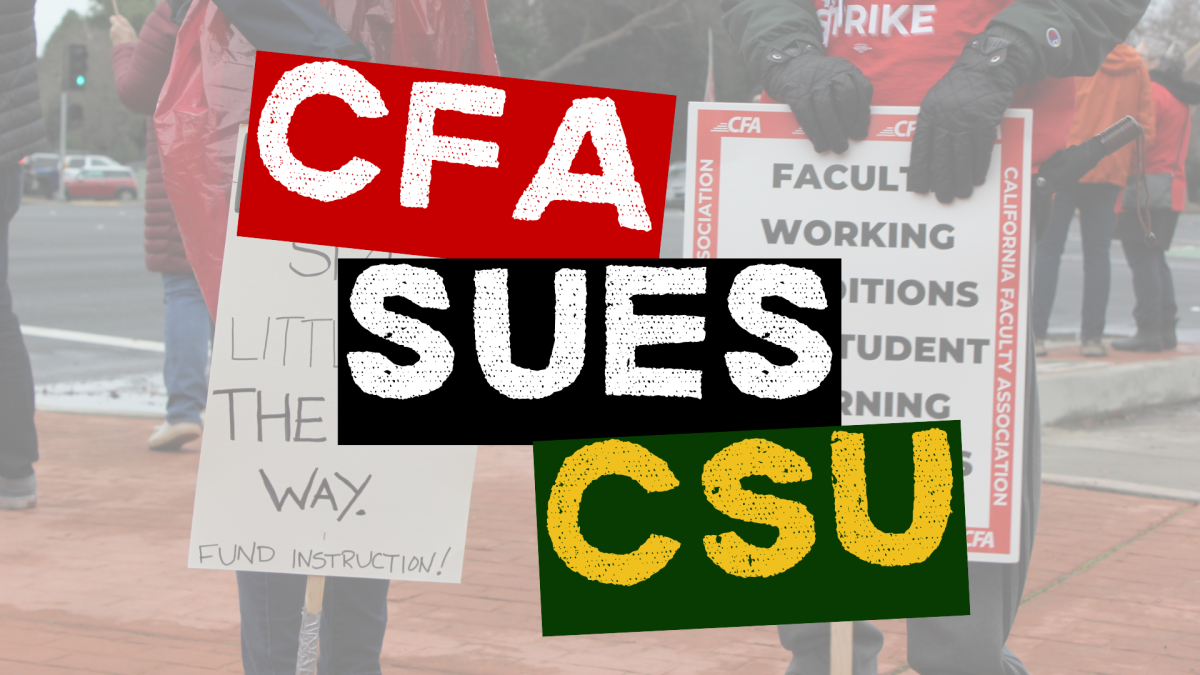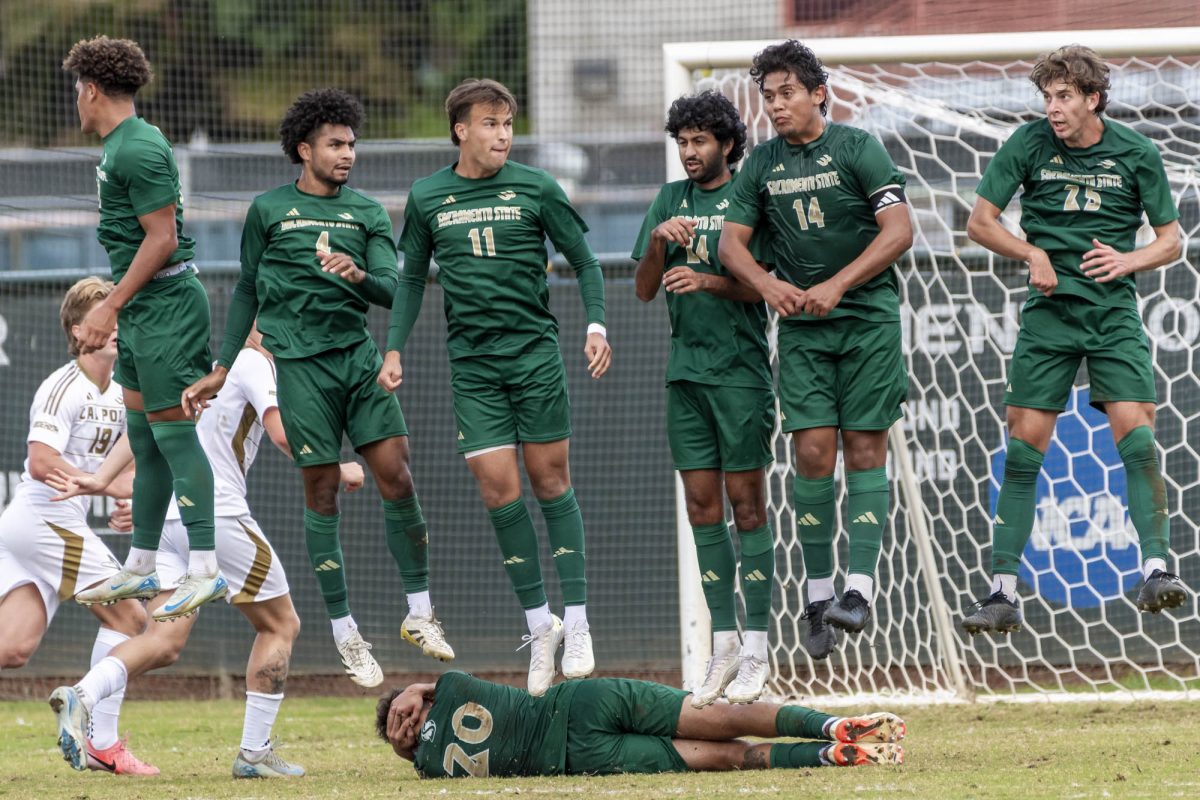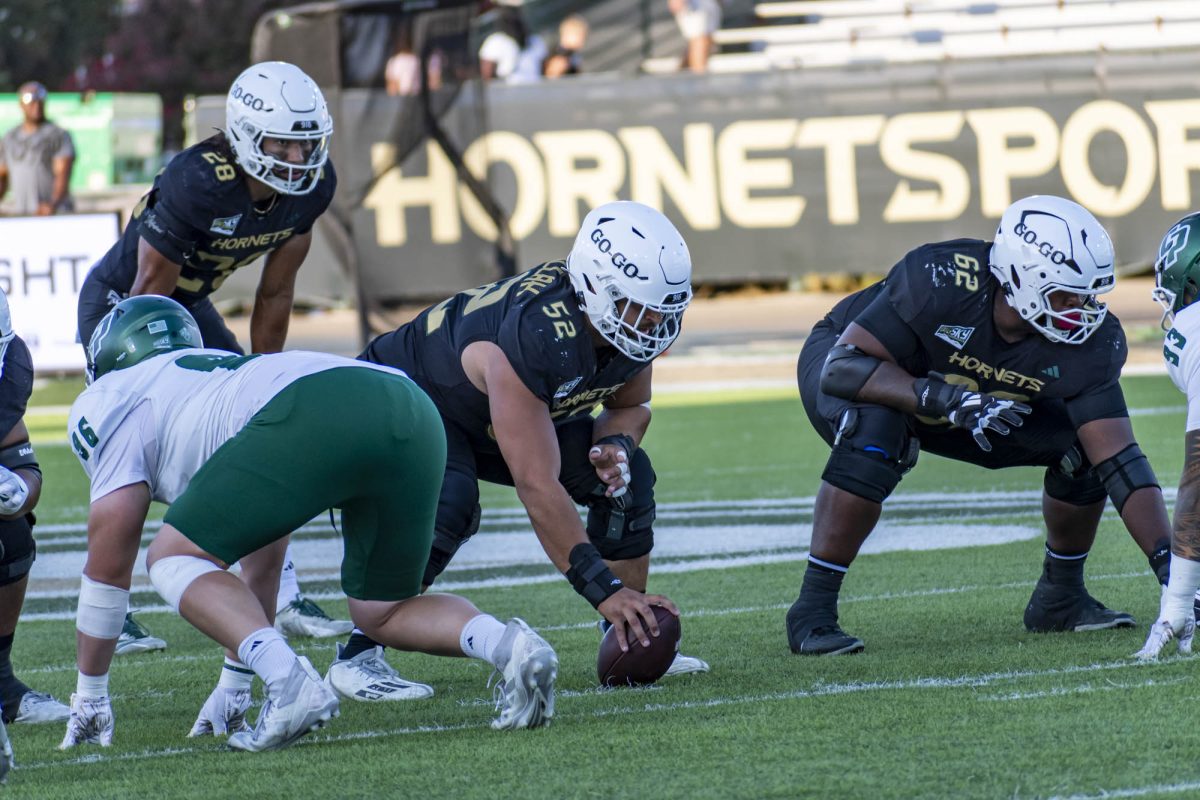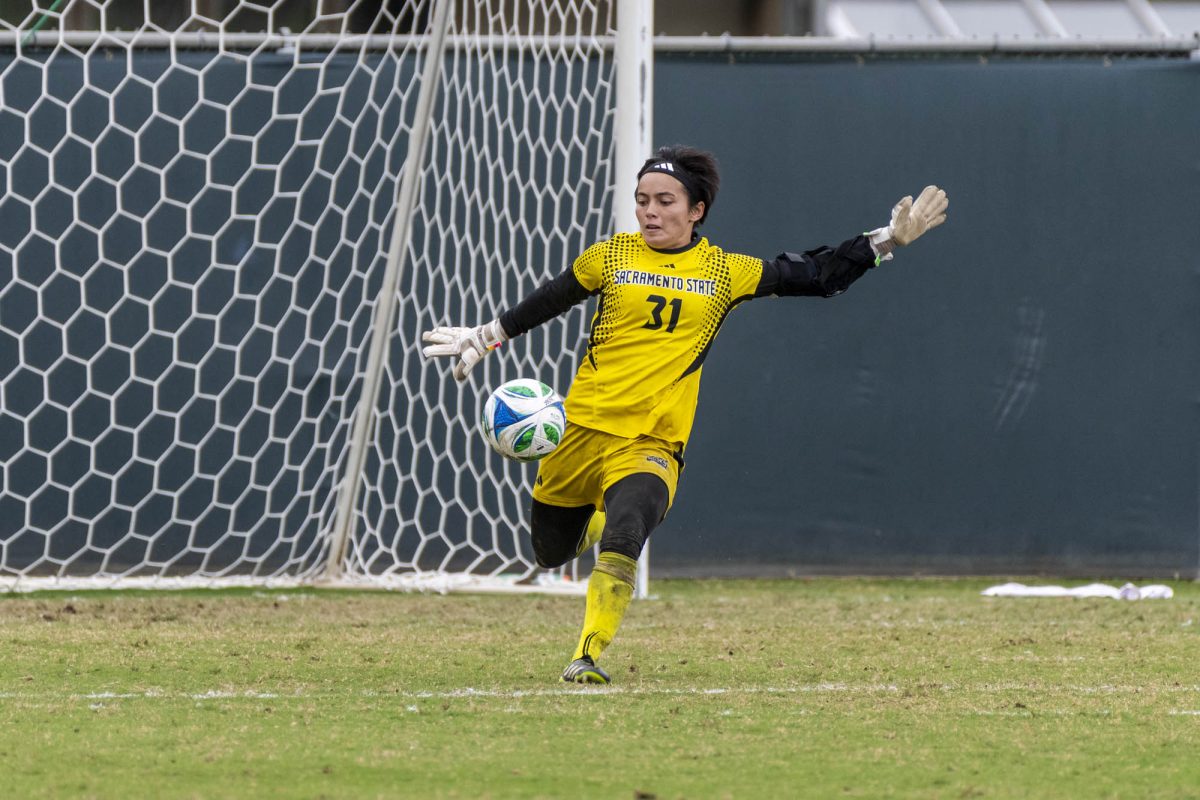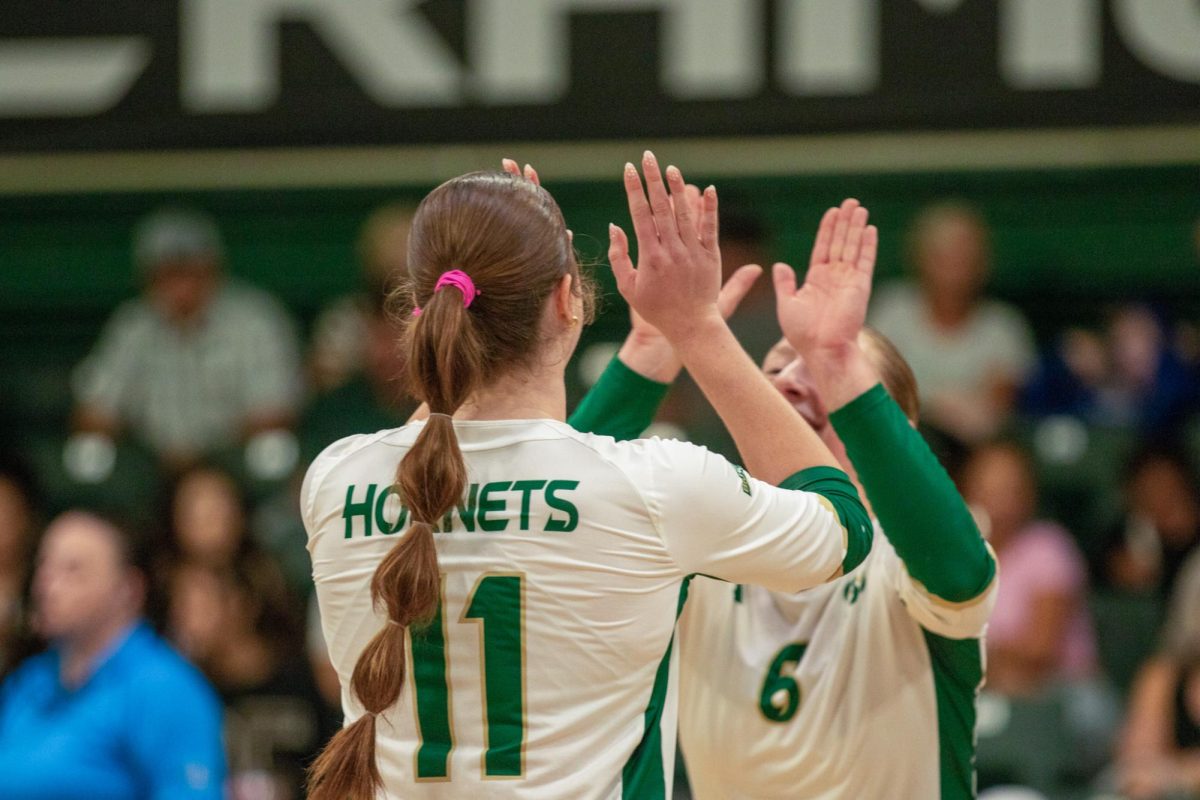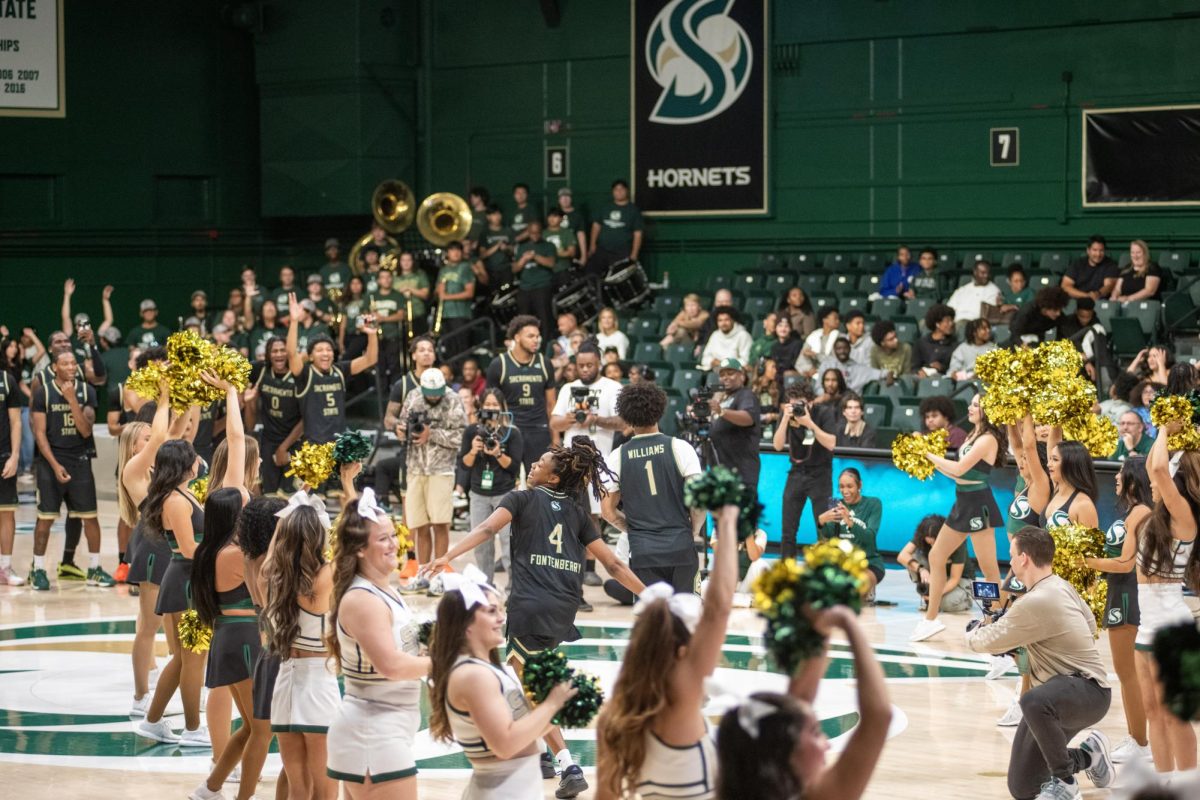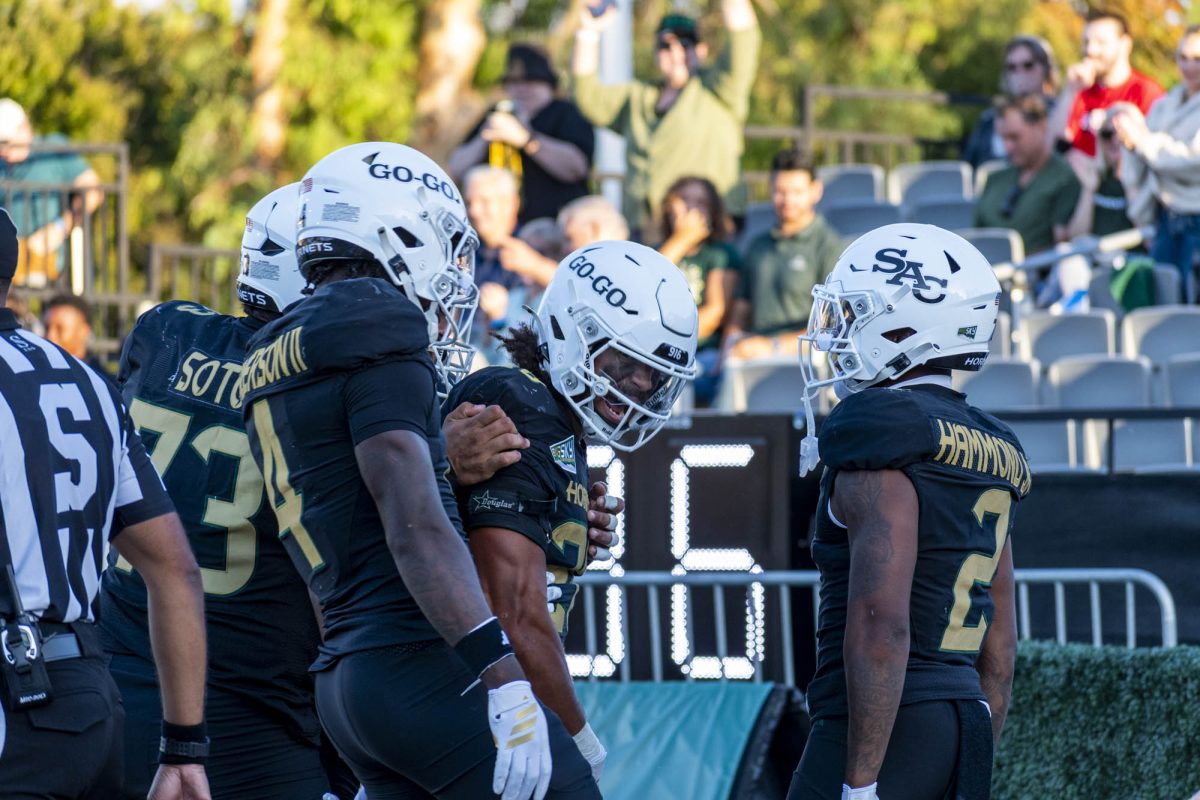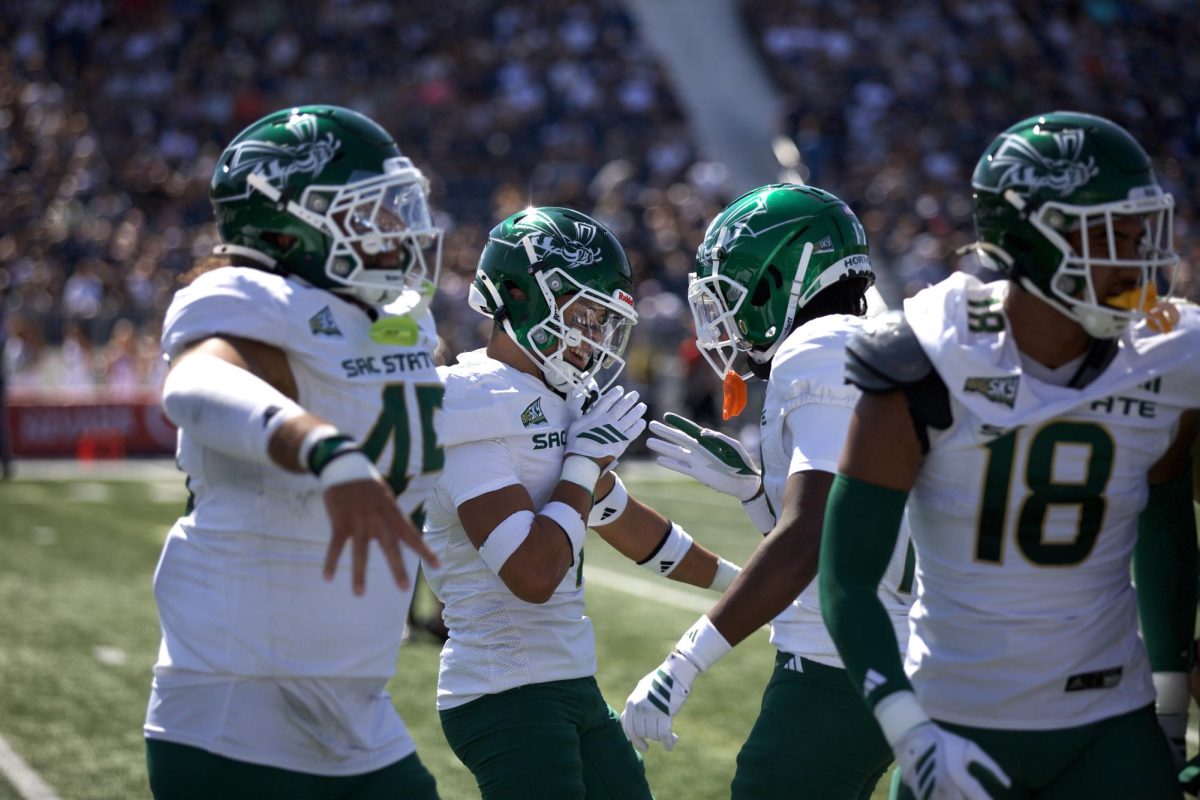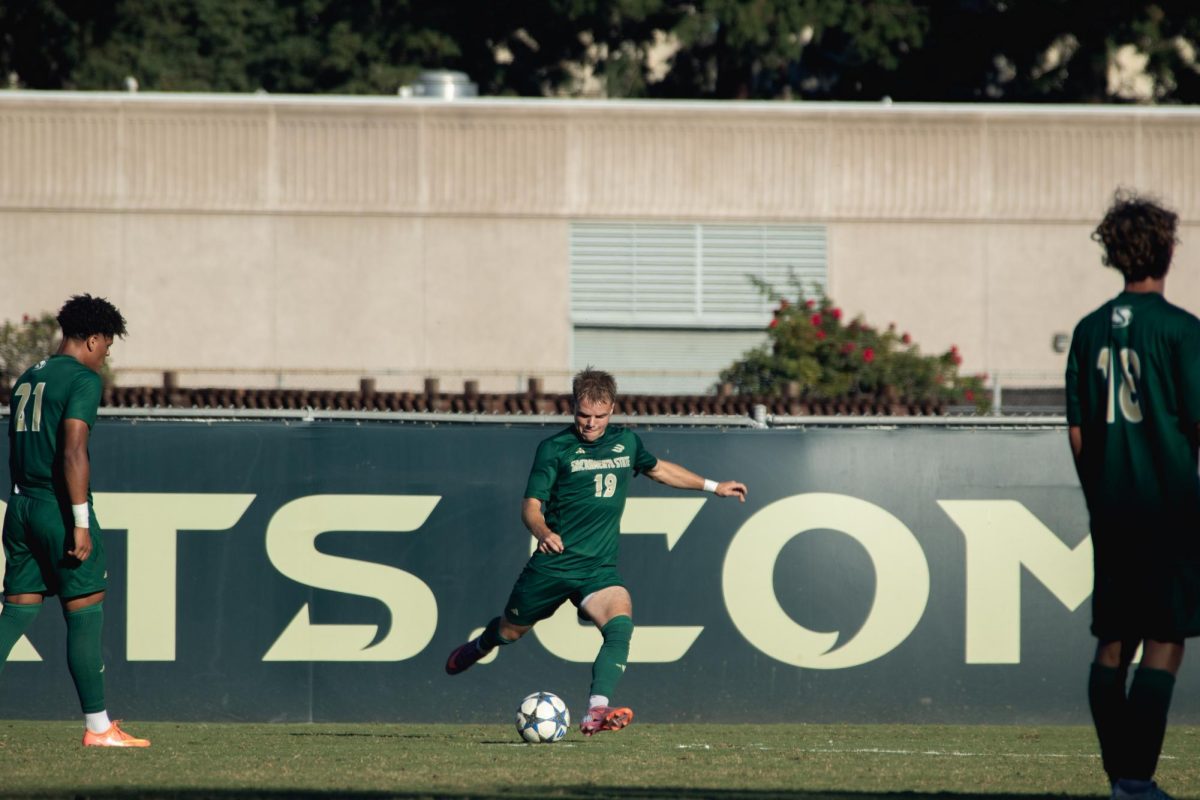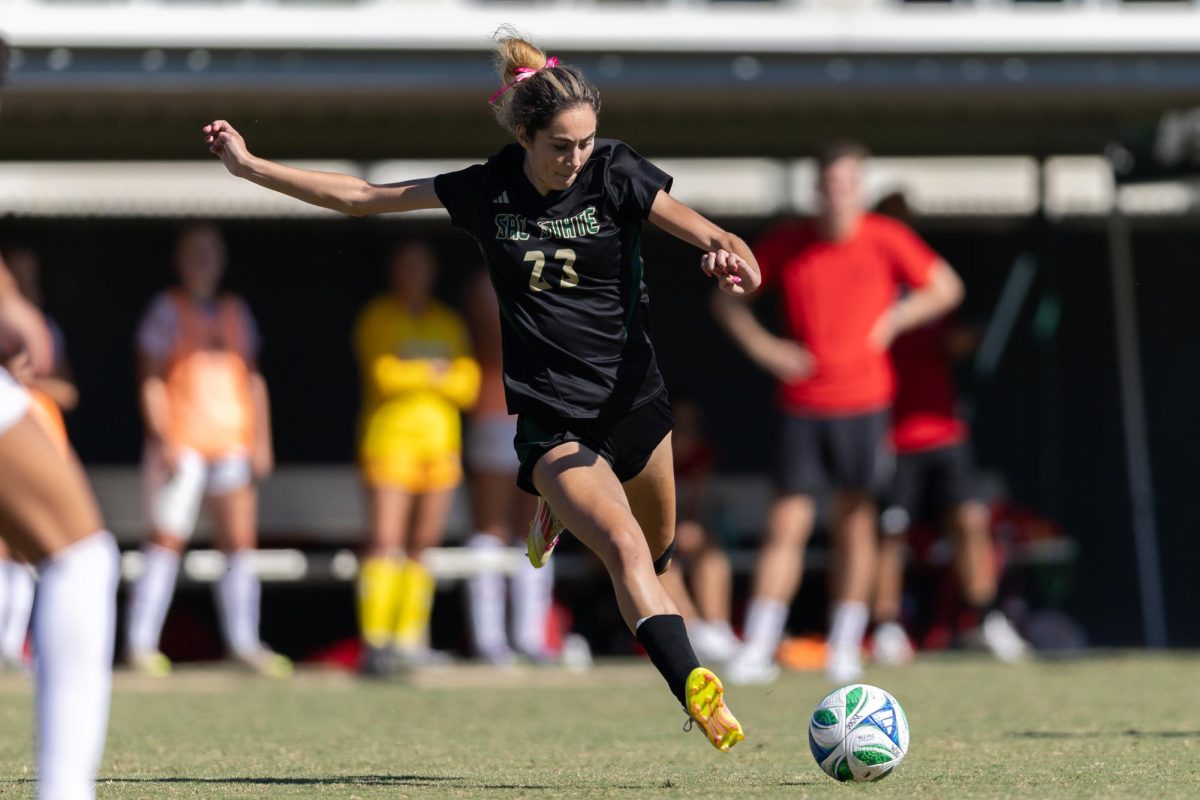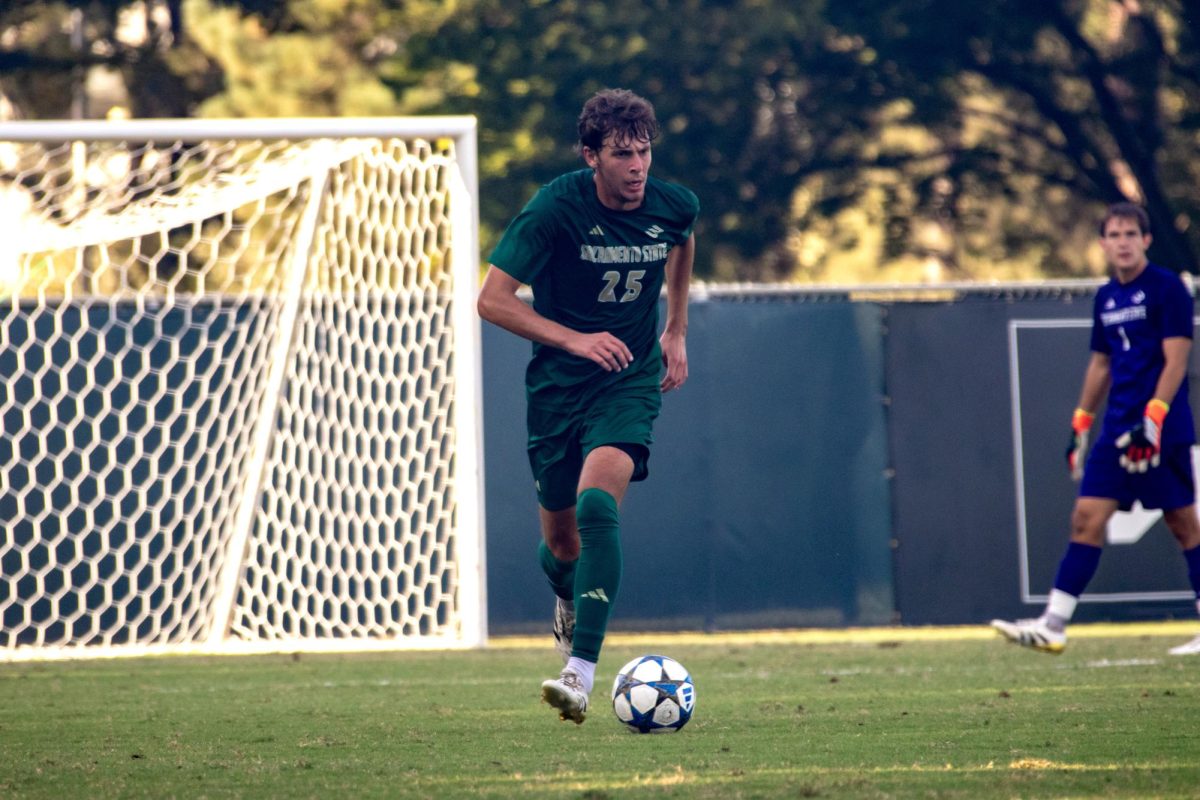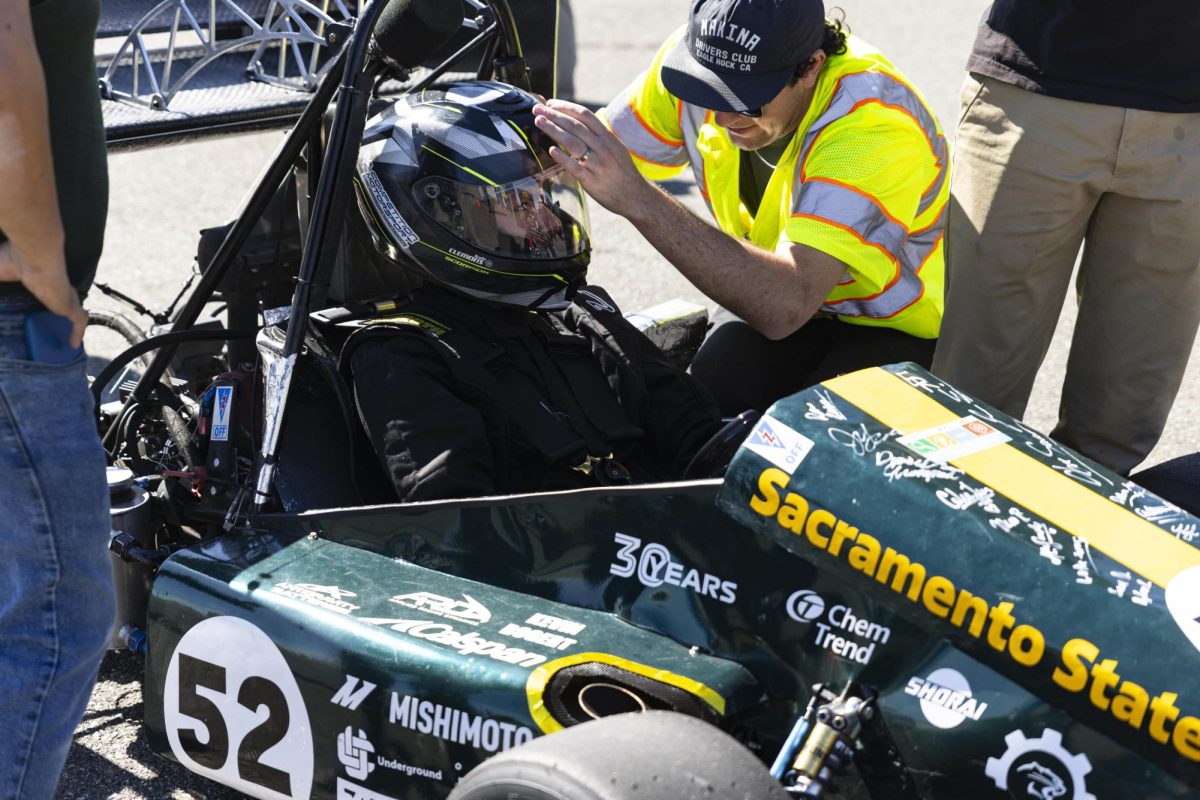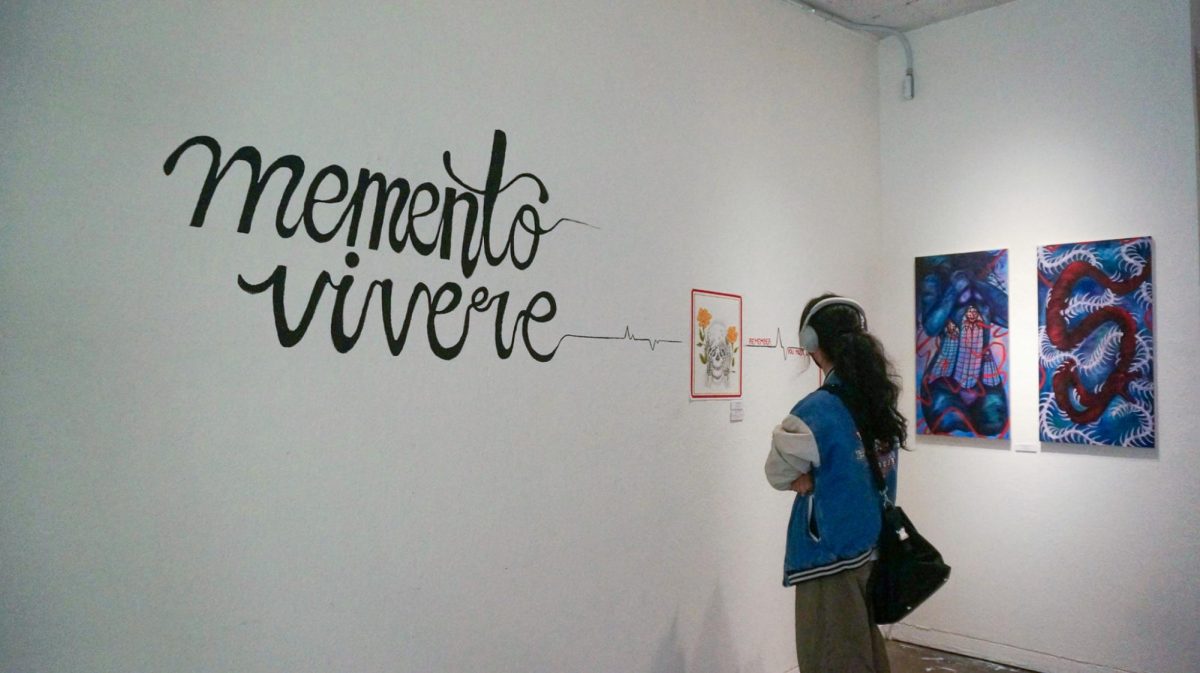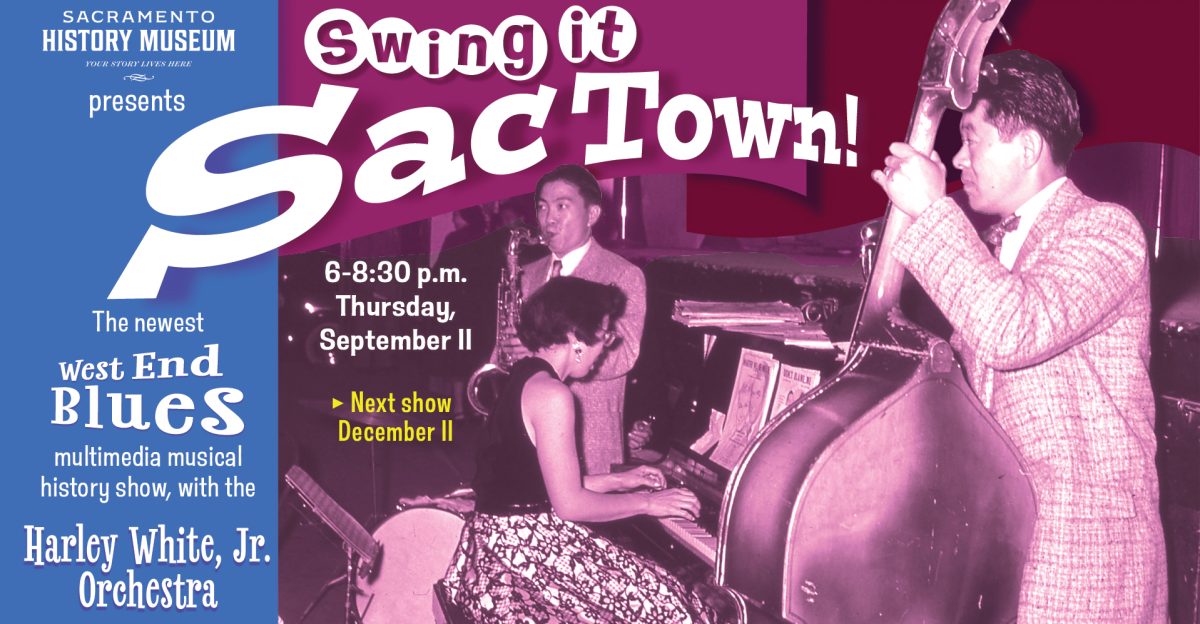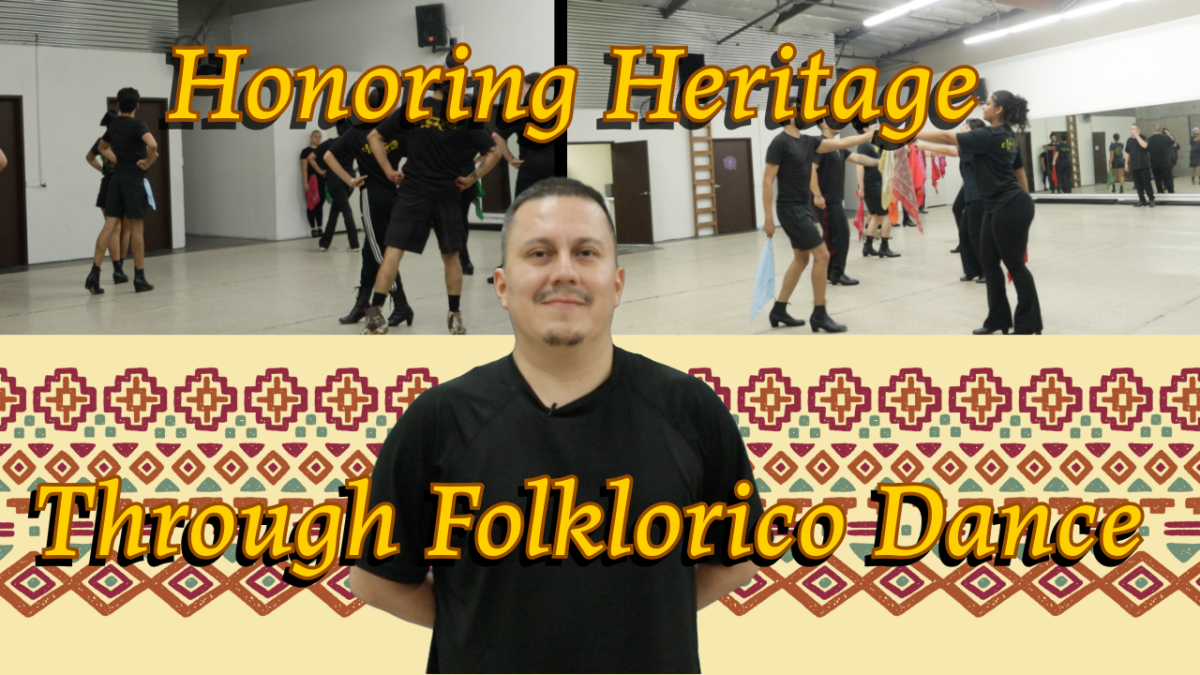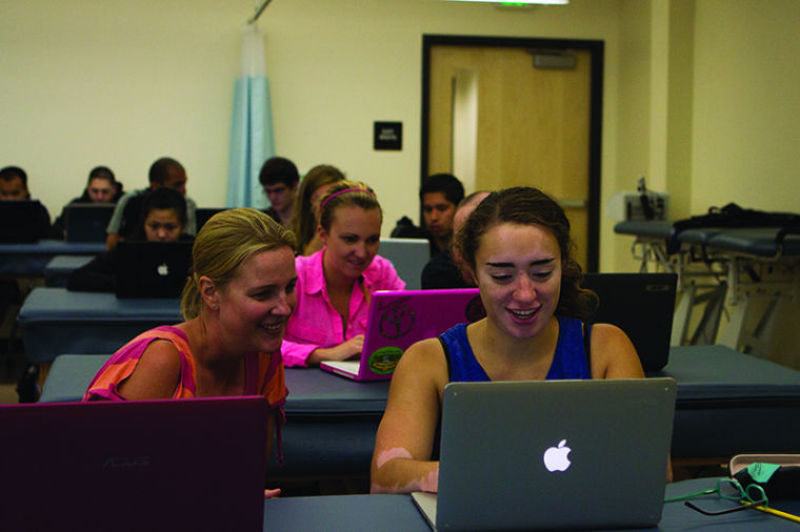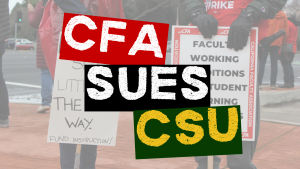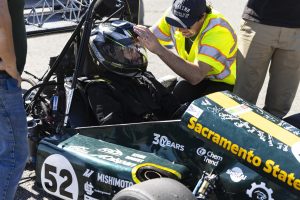Health programs moving Folsom Hall to increase student interaction
Nursing students prepare for class in Folsom Hall. Physical Therapy moved to the center this fall and will be soon joined by Speech Pathology.
September 18, 2013
The College of Health and Human Services is looking to move all the health services into Folsom Hall by 2015 to form a joint center for health professions.
With the nursing program being the first to move in 2010 and physical therapy recently moving this fall, the goal is now to move the speech pathology and audiology program to better prepare students to interact with each other.
“We wanted to establish a center for all health professions there,”said Fred Baldini, Dean of the College of Health and Human Services. “The notion was we try to bring the programs that are related to health services all in the same location because that is how it is in the real world.”
Baldini said health care is provided in an interdisciplinary approach. Nurses, speech pathologists and physical therapists work closely together.
Exposing students to more innovative equipment and scenarios, and collaborating with other majors would enhance students’ experience. More than 1,000 students would be affected.
Now that the new doctoral program of physical therapy has moved, they have began to collaborate with the nursing program.
Professor Michael McKeough who works in the physical therapy department said both nursing and physical therapy have started to work on joint assimilation and are working together by treating patient simulators in the intensive care unit with state-of-the-art simulations labs.
“We are running a program we believe is the only one in the country,” McKeough said.
McKeough said Sac State’s Doctor of Physical Therapy program is one of the few to offer training collaboration with the nursing program.
Traditionally nurses and physical therapists have been trained separately. Now they are learning to meet the patient’s needs at the sametime.
Ann Blanton, Interim Department Chair of Speech Pathology and Audiology, said it is important for all health services to be placed together to enhance student understanding.
“Students need to learn more – learn better,” Blanton said. “These kinds of advances make the university a much better player in the world market.”
At the moment, speech pathology majors have limited interaction with the other health service majors because the program is still located in Shasta Hall.
Blanton said in any hospital, clinic or acute-care environment, a nurse, speech pathologist and physical therapist would always be working cohesively with a patient and communicating everything with each other.
“With interaction and a larger space, we would have the opportunity to grow the program and better serve the community,” Blanton said.
Sarah Long, 22, speech pathology and audiology graduate student, said she was excited to hear about the collaboration of the health services.
“It gives you a chance to work with other professions in the health field,” Long said. “ It would be great to practice and work out with all the other majors”.
Blanton said the entry-level for physical therapy in the State of California is now a doctorate degree. All California universities with a master’s program in physical therapy either had to move their program to a Doctoral program or close.
Speech pathology and audiology had plans for moving into Folsom Hall in 2007, but those plans were put on hold due to a shift in the physical therapy program.
California State University campuses generally do not offer doctorate programs, but Sac State was the first CSU campus to receive requisite authorization to offer a Doctor of Physical Therapy program.
With the new Doctoral Physical Therapy program came a demand for new facilities, they received the opportunity to move into Folsom Hall before speech pathology.
Baldini said once all the health services move into Folsom Hall, the new goal would be to open a community-based clinic.
Currently, all the health services have some kind community clinic.
Speech Pathology has the Mary Jane Rees Language, Speech and Hearing Center. Nursing has a flu-shot clinic and physician clinics for boy scouts while physical therapy has a clinic for stroke patients.
Baldini said the plan is to bring all the clinics together to connect with the community and students on campus.
“What we don’t have is a site where all of the groups could jointly do clinics or that we could expand the kinds of clinics we’re doing,” Baldini said. “It’s one thing bringing patients into a teaching facility but it’s another thing bringing them into a community based clinic.”


